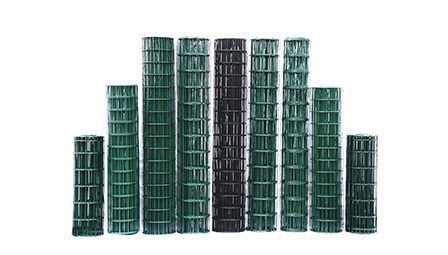Factors Influencing the Expenses Associated with Livestock Fencing Installation and Maintenance
жнів . 14, 2024 17:46
The Cost of Livestock Fencing A Comprehensive Overview
Livestock farming is an essential component of agriculture, providing food, fiber, and a livelihood for millions worldwide. However, ensuring the safety and security of livestock is paramount, and one of the key elements in achieving this is proper fencing. While it may seem like a simple and straightforward task, the cost of livestock fencing can vary significantly based on several factors, making it crucial for farmers to understand the expenses involved.
Types of Fencing
The cost of livestock fencing primarily depends on the type of fencing material chosen. Common options include barbed wire, electric fences, woven wire, and high-tensile fencing. Each has its own price point and advantages
1. Barbed Wire This is one of the most economical options for fencing. It is designed to deter larger animals, such as cattle. However, it might not be as effective for smaller livestock like sheep or goats, which can easily escape through the gaps.
2. Woven Wire Woven wire fencing is sturdier and offers better containment for various types of animals. Although it has a higher upfront cost compared to barbed wire, it can last longer with proper maintenance, making it a cost-effective choice in the long run.
3. Electric Fencing This type of fencing can effectively contain livestock and deter predators. The initial installation cost can be higher due to the need for electrifying apparatus, but its low maintenance requirements can offset the initial investment over time.
4. High-Tensile Fencing Known for its durability and strength, high-tensile fencing is ideal for containing larger animals and is less prone to sagging. However, it is typically more expensive than other materials.
cost of livestock fencing

Labor Costs
In addition to material costs, labor costs can also add a significant amount to the total expenses of installing livestock fencing. Depending on the complexity of the fencing design and the local labor rates, hiring professionals could range from $1,000 to $5,000 for installation. Farmers who have the skills and equipment can save on these costs by undertaking the installation themselves, although this requires time, effort, and knowledge of best practices.
Length and Terrain
The total length of the fence required and the type of terrain it will cover also impact the overall cost. Fencing on flat land might be less expensive compared to rocky or uneven terrain, which may require additional equipment and materials for effective installation. Calculating the perimeter of the grazing area and the number of gates needed for access is also necessary for budgeting.
Maintenance Costs
Even after the initial installation, ongoing maintenance is an essential consideration. Fencing may require repairs due to weather conditions, animal activities, or general wear and tear. Regular inspections, tightening loose wires, and replacing damaged sections can add to the annual operating costs of livestock management.
Conclusion
In summary, the cost of livestock fencing is a multifaceted issue that requires careful planning and consideration. Farmers must evaluate the types of fencing materials suitable for their livestock, labor costs for installation, terrain challenges, and ongoing maintenance needs. While the initial investment might seem daunting, selecting the right fencing approach can enhance livestock security, reduce losses, and ultimately contribute to a more sustainable and profitable farming operation. By understanding these costs and factors, livestock owners can make informed decisions that best meet their operational needs and financial capabilities.




















